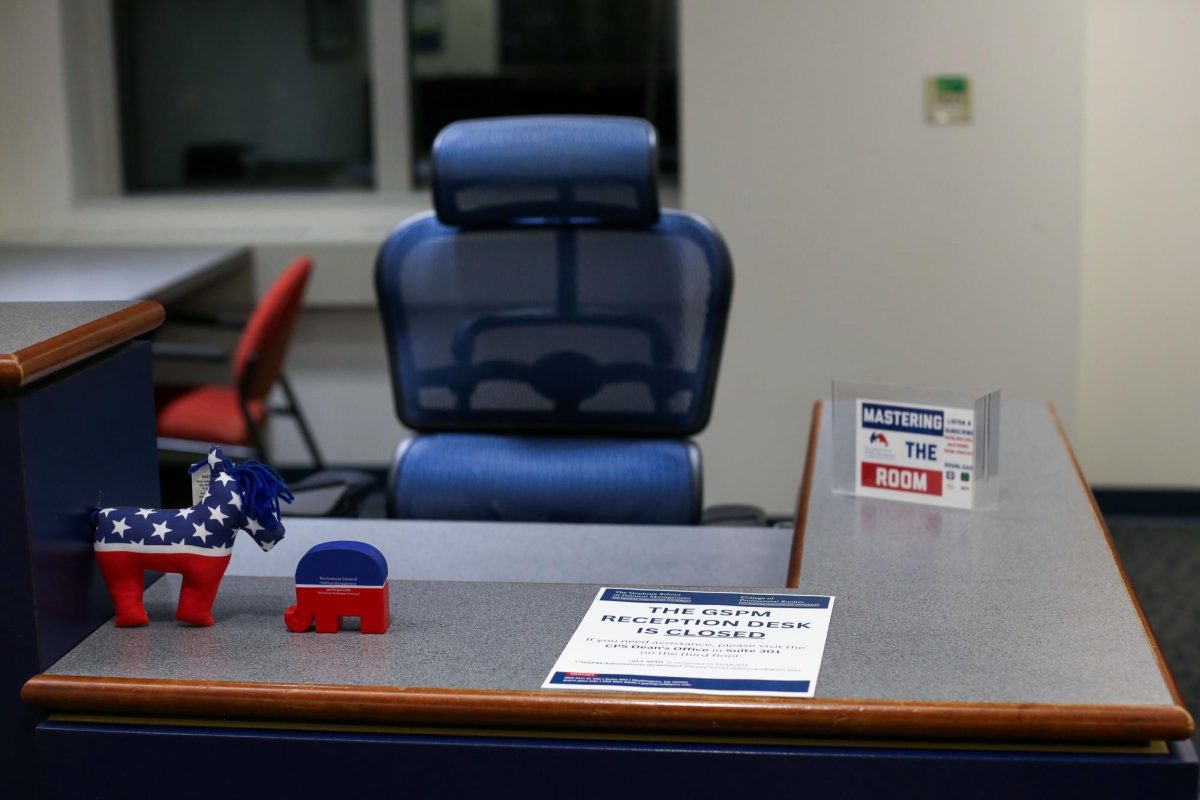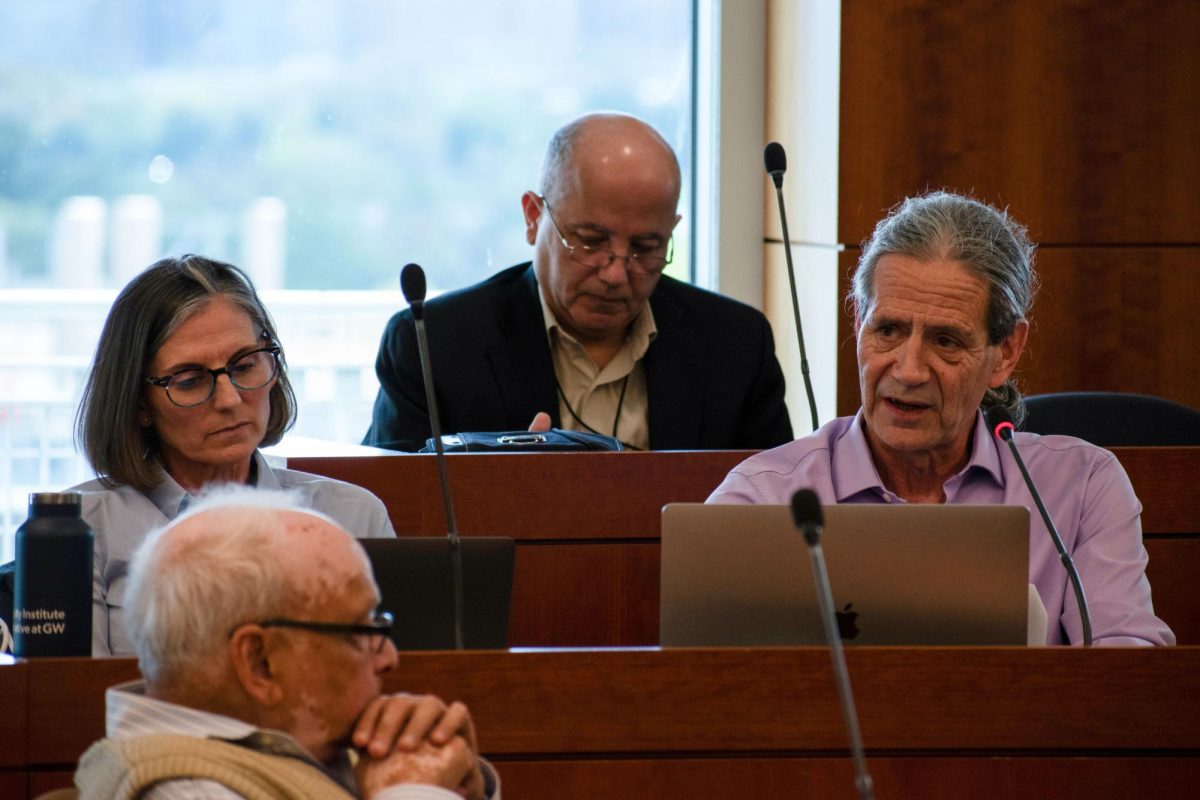Sophomore Jin Haugland said the lab simulation she’s taking online this fall as a result of the pandemic is nothing compared to the real deal.
Haugland, who is majoring in cognitive neuroscience, said she’s concerned about missing out on “valuable skills” students learn through hands-on labs, adding that she feels she’s falling behind compared to her peers at other universities taking their courses in person.
“The irony is not lost on me of somebody in a bio class demanding to be back in person during a pandemic,” she said. “It’s certainly very disappointing, and I really don’t feel like I’m getting the same value out of it.”
Like Haugland, students across the University’s STEM departments said they feel like online classes have left them disconnected from their peers and inadequately instructed in class material, giving them stress about their future career prospects. STEM faculty said they have been holding labs virtually to simulate hands-on experience students would have in person, but the labs fall short teaching students the skills needed to adapt when an experiment fails.
“I think the University thinks that it’s an acceptable answer to tell their students to delay their plans for another year or even more than that, and it is just not an acceptable answer, and they need to do better.”
Alex Rainey, a freshman majoring in exercise science, said their online anatomy lab is like an extra session of class where teaching assistants give students extra worksheets, and students can talk through material not covered in class instead of running experiments like lab usually involves.
“Normally in an anatomy lab, we would have a skeleton, bones that we could look at and touch, diagrams of muscles and models that we can actually see and feel because that’s so important for anatomy,” Rainey said.
Rainey said STEM students face a dilemma as long as GW remains online: On the one hand, students can sign up for online labs, but the limited material they learn from virtual coursework could impact their odds in the job market. On the other hand, students deferring labs until future semesters may not be able to graduate on time.
While the low cap on lab enrollment traditionally allows students to get to know each other, Rainey added that no one socializes, and they don’t know anyone in their class, because of the virtual divide.
“Overall, I feel like online learning is not a good plan and that the University could have figured out a plan to do some sort of a hybrid,” they said.
Lindsey Kalamasz, a senior majoring in nutrition science, said that after officials moved classes online last semester, students could continue to receive credit for an EMT lab she took. But she said her instructors stopped holding online sessions and instead left it up to students to teach themselves the practical skills they typically learn in a lab.
“I ended up withdrawing from the lab because of that,” Kalamasz said. “I don’t have the correct number of labs, and it was annoying to have to tell graduate schools the reason why I have a W in my transcript.”
For Kalamasz and others like her, the modified lab offerings during virtual semesters could drastically impact their future plans. Kalamasz said she is not taking any labs with her courses this academic year because officials canceled them in courses she needs to apply to graduate school, like molecular biology.
She said that if she is unable to take a course with a lab for microbiology at another college this spring, she may be unable to graduate by May.
“I think the University thinks that it’s an acceptable answer to tell their students to delay their plans for another year or even more than that, and it is just not an acceptable answer, and they need to do better,” she said.
Faculty said SEAS has provided several resources to emulate the lab experience but remain uncertain about how much students are able to glean from online instruction in labs.
Shahrokh Ahmadi, a professor of electrical and computer engineering, said faculty have sent some STEM students data collection tools to conduct hands-on labs at home and have used virtual simulations like vFabLab.
“The central policy that we have for online laboratory courses in SEAS is uncompromised quality with resilient inclusion,” he said. “This uncompromised quality with resilient inclusion is always in the back of my mind – whatever we are designing has to be of uncompromised quality and that means we should not degrade the quality of the education.”
Ahmadi said GW Apporto, a cloud server that contains various software that professors use to conduct online labs, has also made it easy to conduct online labs and help students experiencing issues with the software.
“When we augment the in person education and online education and combine the tools for both, it would be a much stronger and enhanced education, and it gives many more capabilities,” he said. “In a way, I still see a silver lining – even though we lose face-to-face contact, there’s a lot of things that when we go back to new normal, we can integrate a lot of those things, and improve the education.”
Matthew Kay, a professor of biomedical engineering, said he is focused on delivering online content “just as well” as in person, but he is concerned that online learning is not giving students the same interactive experience. He said students can’t practice troubleshooting mistakes they make with an in-person lab, which the teaching assistant would typically address.
Kay said his team of graduate and undergraduate TAs prepared recorded videos of labs conducted over the summer that were annotated with discussion questions and notes. But he said students are missing out on having an informal peer support system that he said typically develops in STEM courses.
“We’re really trying to engage the students and to maintain that engagement by listening to what the students are needing so we can address those needs as much as we can in both the lab and the lecture part of course,” Kay said.








